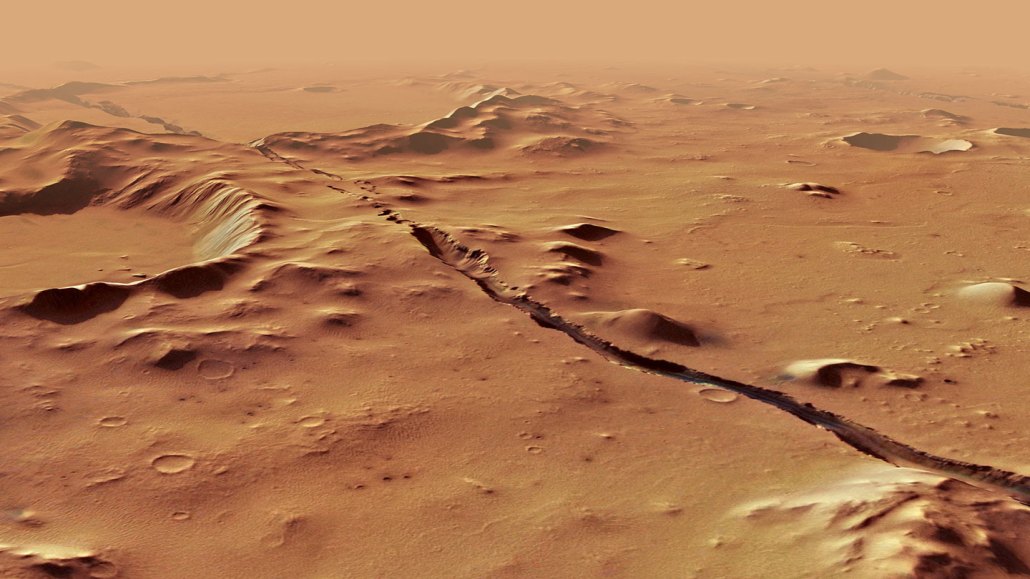Marsquakes hint that the planet might be volcanically active after all
The finding, based on more than 1,000 quakes, suggests the planet isn’t geologically dead

A relatively young fracture cuts through hills and craters in Mars’ heavily faulted Cerberus Fossae region, seen in this 2018 image taken by the Mars Express orbiter.
ESA, DLR, FU Berlin (CC BY-SA 3.0 IGO)







